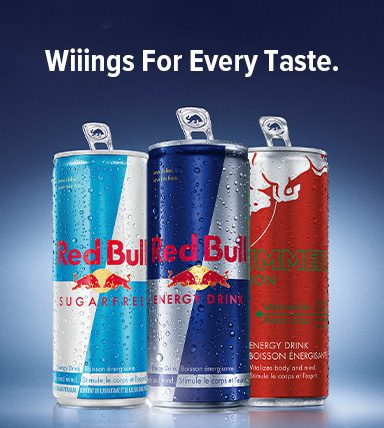Canadians are serious about tea. Hot, iced, infused, blended, as an ingredient or crafted into cocktails, they can’t get enough – for flavour, health, wellness or comfort. Does your restaurant beverage menu offer the sips they crave?
“Tea is the third most consumed beverage in Canada,” according to Mother Parkers Tea & Coffee Inc., a fourth-generation family owned and operated company that has worked in the foodservice industry for almost 110 years. “Worldwide, tea is second only to water as the most popular beverage.”
“Tea is the third most consumed beverage in Canada. Worldwide, tea is second only to water as the most popular beverage.”
Mother Parkers Tea & Coffee Inc.
Scott Garrett, account executive with Mother Parkers, agrees. “As Canada becomes more diverse, tea is becoming more relevant. Tea is a complement to any hot beverage program and more and more consumers are adding tea consumption to their daily routine.”
Why do restaurant customers want tea?
It matters to your customers so it should matter to you.
“Consumers are looking to tea and herbal tea products because wellness is top of mind for them. They see tea as a complement to their coffee consumption. Or they see tea as a good substitute for coffee, to help relieve stress or as a healthier alternative,” says Garrett.
“We continue to see that sustainability is important to our consumers, too. Mother Parkers’ Higgins and Burke Teas have no artificial ingredients. Our premium quality teas start with hand-picked and high-grown teas. And we contribute to the Ethical Tea Partnership, which supports tea workers around the globe.”
Terroir and types of flavourful teas
Every tea has its own character that comes from terroir, just like wine. Tea all starts with the same plant, Camellia sinensis, but the ecosystem (how the location, climate, sun exposure, shade, soil, rain and elevation work together) plays an integral role in the final flavour of the tea. Even teas of the same variety can have significantly different flavours between regions.
Offering a variety of at least a couple of the main types of tea – green, black, oolong, white, Pu’er and yellow – in multiple flavour profiles is the first step to improve your tea service.
“Variety is key,” says Garrett. “Close to 70 per cent of specialty tea drinkers want a variety of interesting flavours when they select a brand. Younger consumers are ordering more green and herbal teas, in both the hot and iced tea formats.”
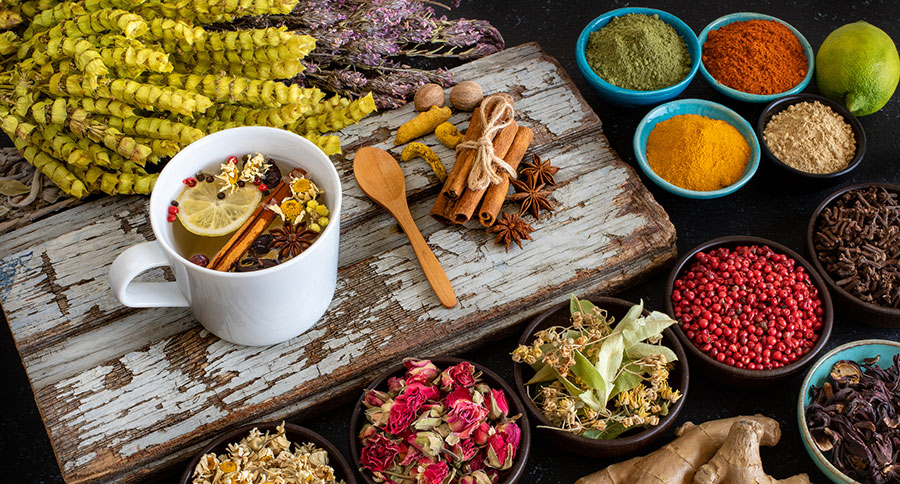
- Interesting fact about tea: Some teas don’t actually contain any tea. Meaning they don’t contain any of the plant, Camellia sinensis. We use the word tea because we typically use these products – herbal teas, botanicals, tisanes – in a similar way, steeping in liquid and drinking the result. Herbal teas can be one ingredient, mint for example, or a mix of leaves, roots, bark, seeds, flowers and fruit. The flavour possibilities are endless.
Trending teas for your menu
According to Technomic Insights, Hot Tea Menu Trends offer a diverse flavour portfolio to weave into your beverage menu.
Foodservice industry innovators are introducing these flavours within their hot tea menu offerings: ginger, rose, hibiscus, lavender, raspberry and distinctly Assam tea (grown in India and the base for many traditional breakfast teas).
Proven favourites that will never leave menus include Earl Grey, mint, (masala) chai, green and lemon. The oldies but goodies, you could say, but not just your granny’s favourites. Take them out of the cup and into a different part of your restaurant menu or give them an up-to-date tweak – think Masala Chai Biscotti, Savory Green Tea Shortbread, Earl Grey Martini or Cold Brew Method Lemon Iced Tea.
Serving tea
Once you have expanded your tea menu, take these flavours for a spin. With prices ranging from $2.00 to $5.70 for a freshly steeped cup, according to Technomic’s study of menus nationwide, tea is an excellent opportunity for upselling at the end of a meal, no matter the daypart. Think of it as a flavourful indulgence without the guilt.
Chances are you have everything you need to serve a great cup of tea or herbal tea. Boil the water, slice up the lemons, pour the milk (or cream) and polish up the spoons. Make it a sip they will remember, for both taste and presentation.
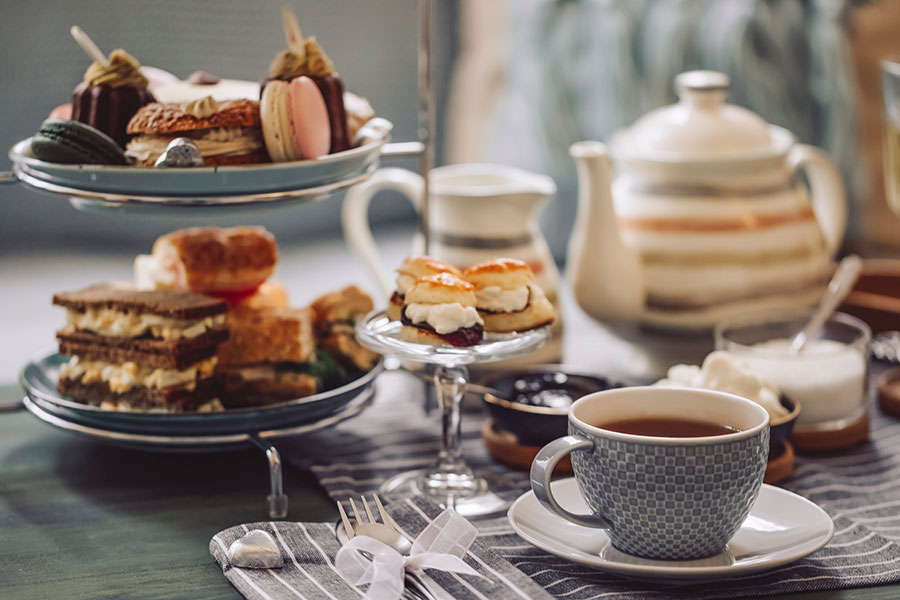
Tea parties
Who doesn’t love a good tea party? Imaginary or real, chances are memories evoke times of fun and frivolity. Hanging with family and friends. Bring out the good cups and saucers, assemble delicious sandwiches, pastries and bite-sized treats and invite everyone to your table.
Tea tastings
Tea flights are a delightfully simple way to entice customers to try new teas (and get a feel for what types they prefer). Up the ante by setting up tea tasting events, and include some simple competitions and offer delicious prizes.
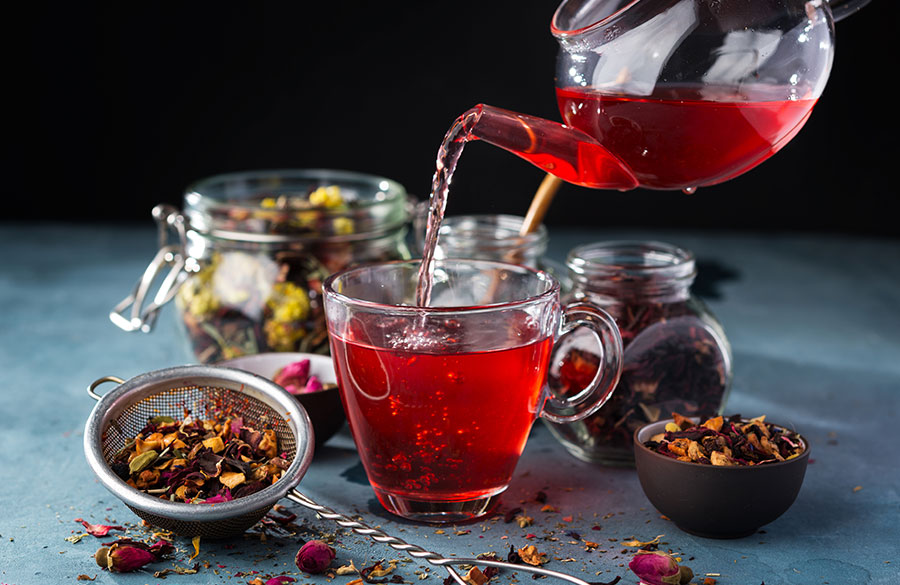
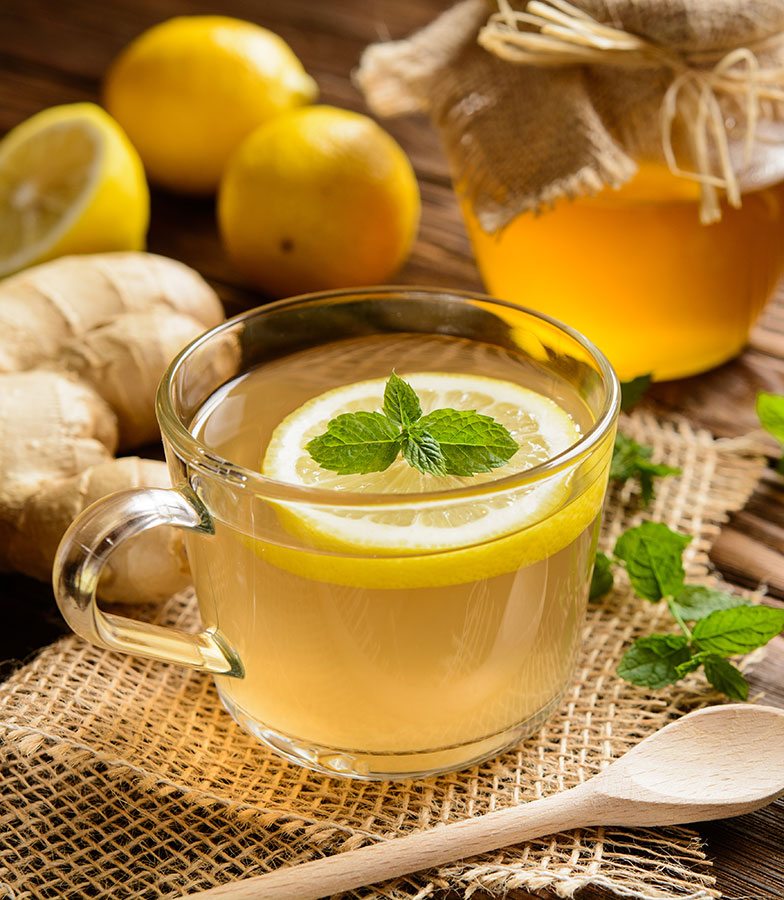
Tea menus
As Mother Parkers says, “A great cup of tea is the best complement to any meal.” Why not design an LTO menu enhanced by being paired with a wonderful cup or two of tea? Or suggest tea pairings with menu choices or on the dessert menu?
Afternoon teas
Those odd hours in the afternoon too late for lunch but too soon for dinner, afternoon teas can drive traffic during this alternate daypart. They’re a charming option to try out some menu flavours in small bites which require significantly less labour than a full meal. But those little extras can all add up to more profits if your tea menu and food offerings are too hard to pass on.
Good to the last sip
“Tea is a high margin category to utilize,” Garrett reminds us. “The iced tea segment is growing as consumers are seeking healthier options. We are bringing more herbal iced tea products to the market to meet this demand for menus at any type of establishment.”
Jump into this bountiful, colourful and delicious category. Improving your tea offering and service might just be your cuppa tea.
Try this:
Mother Parkers Gingerbread Cookie Latte, 2 ways
PrintGingerbread Cookie Latte Version 1
Ingredients
- 1 Chai tea bag
- ½ oz Gingerbread syrup
- Steamed milk
- Whipped topping
- Cinnamon
Instructions
- Steep chai tea bag in 2 oz of hot water in the cup
- Add in gingerbread syrup
- Steam milk and add to the cup
- Top with whipped topping and add cinnamon on top
Gingerbread Cookie Latte Version 2
Ingredients
- 1 Chai tea bag
- ½ oz Gingerbread syrup
- 1 shot Espresso (or 2 oz dark coffee)
- Steamed milk
- Cinnamon
Instructions
- Steep chai tea bag in 2 oz of hot water in the cup
- Add in gingerbread syrup
- Add espresso or dark coffee
- Steam milk and add to the cup
- Top with cinnamon

